Jack Lalanne, the great fitness guru and natural food advocate, is dead at 96. (Hat tip: Jamie Scott.)
He died of pneumonia, just a year after having heart valve surgery. Both conditions are suggestive of Chlamydia pneumoniae infection; perhaps antibiotics could have gotten him to 100.
The Associated Press obituary notes that his youthful diet wasn’t very good:
The son of poor French immigrants, he was born in 1914 and grew up to become a sugar addict, he said.
The turning point occurred one night when he heard a lecture by pioneering nutritionist Paul Bragg, who advocated the benefits of brown rice, whole wheat and a vegetarian diet.
“He got me so enthused,” LaLanne said. “After the lecture I went to his dressing room and spent an hour and a half with him. He said, ‘Jack, you’re a walking garbage can.'”
Lalanne was an advocate of eating whole foods, but may have over-emphasized the carbohydrates. Late in life, his diet consisted mainly of fruit, vegetables, brown rice, and fish. Rather like the Kitavans, but with less coconut oil.
Nevertheless he was a great example of healthy living. He joked at age 92 that he couldn’t die, because it would wreck his image.
Here he demonstrates fingertip push-ups:
Here he explains how to cure “pooped out-itis”:
Thanks, Jack! The fitness classes of heaven just got a little more entertaining.







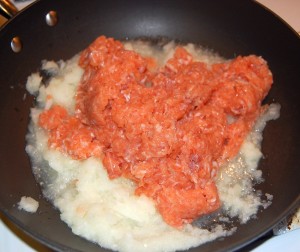
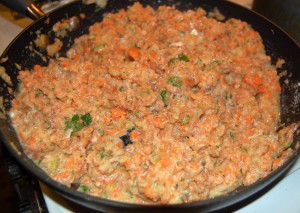
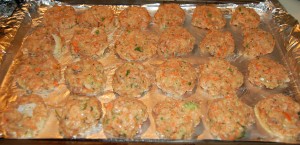
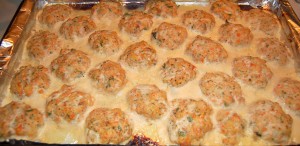
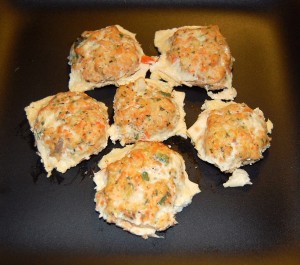

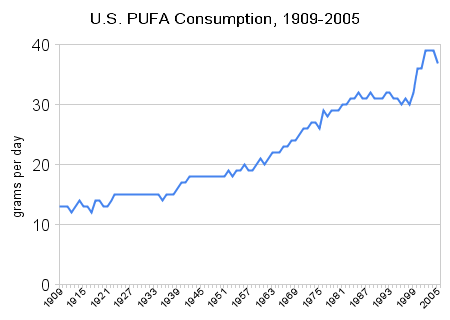

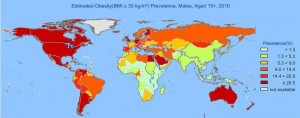
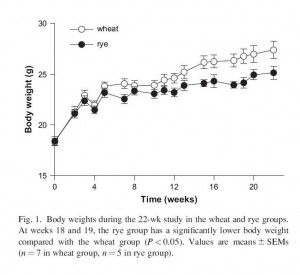





Recent Comments